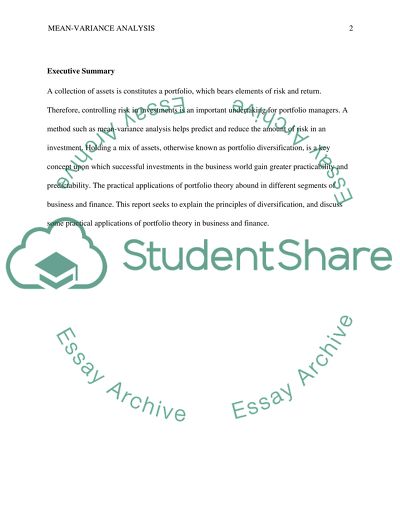Cite this document
(“Mean-Variance Analysis Essay Example | Topics and Well Written Essays - 1500 words”, n.d.)
Retrieved from https://studentshare.org/finance-accounting/1444042-mean-variance-analysis
Retrieved from https://studentshare.org/finance-accounting/1444042-mean-variance-analysis
(Mean-Variance Analysis Essay Example | Topics and Well Written Essays - 1500 Words)
https://studentshare.org/finance-accounting/1444042-mean-variance-analysis.
https://studentshare.org/finance-accounting/1444042-mean-variance-analysis.
“Mean-Variance Analysis Essay Example | Topics and Well Written Essays - 1500 Words”, n.d. https://studentshare.org/finance-accounting/1444042-mean-variance-analysis.


